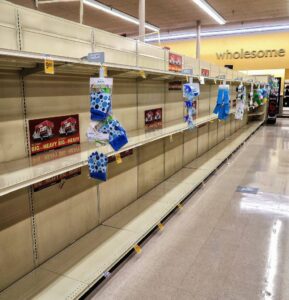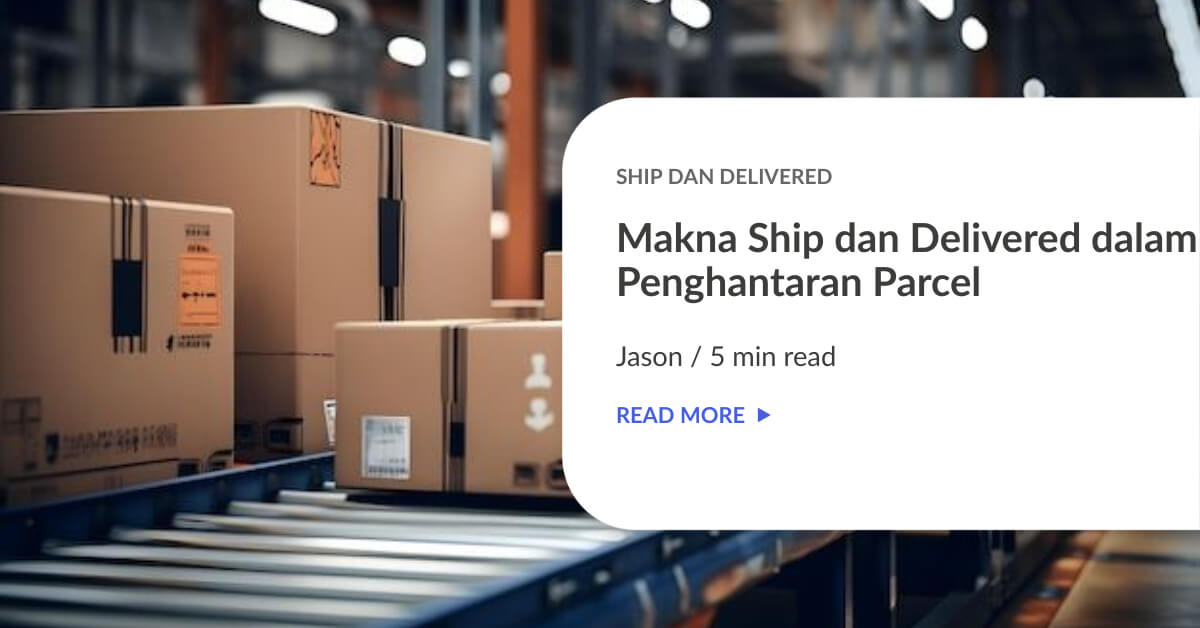Packaging is not just about protecting items—it also plays a key role in creating a positive customer experience and enhancing brand image. Small packaging mistakes can lead to damaged goods, higher shipping costs, or even rejected parcels.
In this guide, we explore 10 common packaging mistakes and how to avoid them.
Table of Contents
List of 10 Common Packaging Mistakes and How to Avoid
1. Weak Product Design and Branding
Packaging that is unattractive or inconsistent can reduce the perceived value of the product. Poor choice of graphics, colors, or logos may leave a negative impression on customers.
How to Avoid: Work with a professional designer, ensure branding is consistent across all packaging, and choose graphics and colors that appeal to your target audience. A strong and attractive design enhances the unboxing experience and reinforces your brand.
2. Insufficient Product Protection
Fragile or delicate items can be easily damaged if packaging lacks adequate cushioning like bubble wrap, foam, or padding.
How to Avoid: Assess the fragility of each item and use appropriate protective materials. Wrap each product carefully, fill empty spaces with cushioning, and test the packaging to ensure it can withstand handling during shipping.
3. Ignoring Sustainability
Packaging that is not eco-friendly can negatively affect your brand image, especially among environmentally conscious customers.
How to Avoid: Use recyclable, biodegradable, or minimal materials whenever possible. Highlight your eco-friendly packaging on the parcel to communicate your brand’s commitment to sustainability.
4. Non-Compliance with Regulations and Labeling
Failing to follow industry or country-specific packaging standards can result in fines, shipment delays, or rejection of parcels.
How to Avoid: Always check the regulations for your target market. Ensure labels are complete and accurate, safety warnings are included, and packaging meets size or weight restrictions. Audit all shipments before sending them.
5. Inefficient Packaging Process
Using excessive materials or slow manual processes increases operational costs and reduces efficiency.
How to Avoid: Streamline your packaging workflow, automate where possible, and use lean packaging principles. Tools like barcodes or RFID can help speed up packing and reduce errors.
6. Ignoring Brand Messaging
Packaging is a marketing opportunity. Ignoring messaging or leaving packaging blank fails to communicate your brand’s story and value.
How to Avoid: Incorporate clear messaging, product information, or promotional content on your packaging. Use visuals and copy that reinforce your brand identity while protecting the product.
7. Poor Shelf or Merchandising Appeal
For products sold in stores, plain or dull packaging may fail to attract attention on shelves, reducing sales potential.
How to Avoid: Use bold colors, appealing graphics, and unique shapes to make your products stand out. Consider how the parcel looks from different angles on the shelf.
8. Neglecting the Unboxing Experience
Difficult-to-open packages or packaging that doesn’t enhance the unboxing experience can disappoint customers.
How to Avoid: Use user-friendly designs like tear strips or resealable closures. Include clear instructions and make the unboxing process enjoyable to create a positive impression.
9. Poor Use of Color Psychology
Colors affect perception and emotions. Choosing the wrong colors can make packaging unappealing or send the wrong brand message.
How to Avoid: Research color psychology relevant to your audience. Test color combinations, ensure they align with your brand identity, and select colors that evoke the intended emotions.
10. Failing to Adapt to Market Trends
Packaging that feels outdated may reduce product appeal and competitiveness in the market.
How to Avoid: Monitor market trends and customer preferences. Be prepared to update designs, adopt innovative materials, or adjust packaging to match current aesthetics.
How to Ship Items with EasyParcel
- Step 1
- Step 2
- Step 3

- Place the items in the small box.
- Wrap with bubble wrap so it doesn’t get scratched.
- If it’s a branded item, keep the original box inside.
- Seal the package with strong tape and fragile adhesive.
 Check the weight with a scale
Check the weight with a scale- Measure the length, width and height

- Log in to your EasyParcel account.
- Enter the pickup and delivery address.
- Enter the weight and size of the package.
- Choose your courier service (J&T, DHL, Pos Laju).
- Add insurance if the item is expensive.
Avoiding common packaging mistakes helps protect products during shipping, enhances brand image, improves customer experience, and reduces long-term costs. By focusing on design, protection, sustainability, and efficiency, businesses can elevate their packaging strategy and create a stronger impression with every parcel shipped.
With EasyParcel, you can make delivery simple, affordable, and efficient — helping your business grow smoothly. EasyParcel welcomes you with a FREE RM10 credit for your first shipment. Sign up today and start shipping smarter with EasyParcel!
FAQ: Common Packaging Mistakes
1. What are the most common packaging mistakes?
The most common mistakes include using the wrong box size, insufficient protective materials, unclear labeling, ignoring branding, poor unboxing experience, and failing to adapt to market trends.
2. How can I avoid damaging my parcel during shipping?
Always use sturdy boxes, proper cushioning (bubble wrap, foam, or padding), and pack items securely. Balance heavy and light items to prevent the box from collapsing.
3. Why is branding important in packaging?
Packaging is part of your brand identity. Poor design, inconsistent colors, or weak graphics can make your product appear low-quality. Strong branding enhances customer perception and the unboxing experience.
4. How do I make my packaging eco-friendly?
Use recyclable or biodegradable materials, minimal packaging, and highlight your eco-friendly choices. This helps reduce waste and improves your brand image.
 Singapore
Singapore Thailand
Thailand Indonesia
Indonesia

















